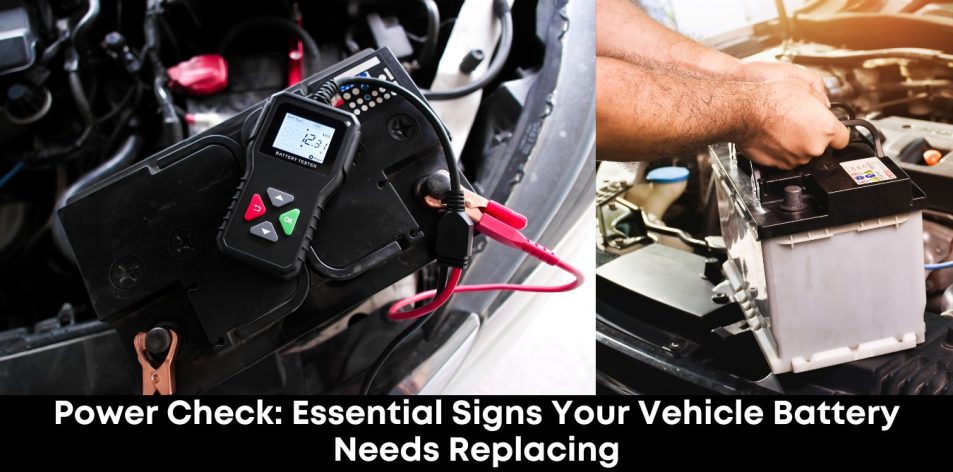Ensuring Reliability and Preventing Unexpected Breakdowns
The battery is the silent workhorse of your vehicle, providing the initial burst of power needed to start the engine and running all the electrical components when the engine is off. Due to factors like age, demanding electrical systems, and the harsh effects of high temperatures common in Kenya, car batteries often have a finite lifespan. Knowing the tell-tale signs that your battery is failing is vital for proactive maintenance, ensuring you avoid being stranded and keeping your journeys running smoothly.
The Obvious and Subtle Warning Signs
1. Slow or Sluggish Engine Crank
This is often the most noticeable sign. If your engine takes longer than usual to turn over, or it sounds like it is struggling to start, especially first thing in the morning, your battery is likely on its way out. The battery simply can’t deliver the full burst of power required by the starter motor.
2. Dashboard Warning Lights
If the battery warning light (it looks like a battery icon) illuminates on your dashboard while driving, it indicates a problem with the charging system, which could be the alternator, the battery itself, or a fault in the electrical system. Similarly, the ‘Check Engine’ light can sometimes be triggered by a voltage issue stemming from a failing battery.
3. Dim or Flickering Electrical Components
The battery powers all your vehicle’s electrics. When its power output drops, you will notice a degradation in performance:
- Dim Headlights: Headlights may appear unusually dim or flicker, particularly when the engine is idling.
- Electrical Slowdown: Power windows may roll up or down slower than normal, or the radio and dashboard lights may flicker.
- Malfunctioning Features: Features like heated seats, advanced infotainment systems, or start-stop functions may stop working to conserve the remaining charge.
4. Physical Signs of Deterioration
A failing battery can often show visible, physical signs under the bonnet:
- Corrosion: Look for a powdery, often blue-green or white, substance caked around the battery terminals (where the cables connect). While corrosion can sometimes be cleaned, excessive build-up interferes with conductivity and often indicates a deeper issue, including battery acid leakage.
- Swollen or Bulging Case: Extreme heat (a major battery killer in hot climates) can cause the battery case to swell, warp, or even crack. This is a clear sign that the battery is failing internally and may pose a safety risk.
- Bad Odour: A distinct smell of sulphur or “rotten eggs” suggests that the battery acid is leaking or that the battery is overheating and venting gas, which requires immediate attention from a professional.
5. Frequent Need for Jump Starts
If you find yourself needing to jump-start your vehicle more and more frequently to get going, it’s a definite indicator that the battery is no longer able to hold a charge properly and needs to be replaced.
6. Battery Age
Most car batteries have a finite lifespan, typically lasting between three and five years. However, in hot climates like Kenya, where high temperatures accelerate the degradation of internal components, the lifespan is often significantly shorter—sometimes as low as two to three years. Knowing the age of your battery (often stamped on the casing) helps you anticipate replacement before failure occurs.
Taking Proactive Action
If you observe any of these warning signs, the best course of action is to take your vehicle to a trusted mechanic or auto parts store. They can perform a dedicated battery health check, often including a **load test**, which accurately measures the battery’s ability to deliver power under load. This test provides a clear verdict on whether your battery simply needs charging or if it requires immediate replacement. Being proactive about battery maintenance is a simple way to protect your investment and ensure dependable performance on every journey.

